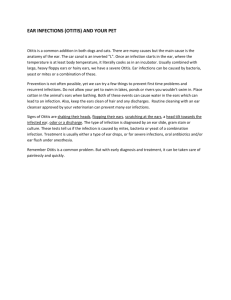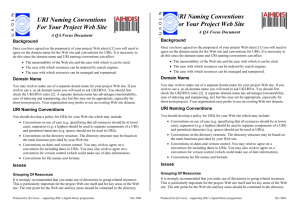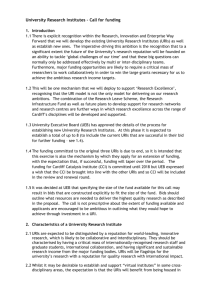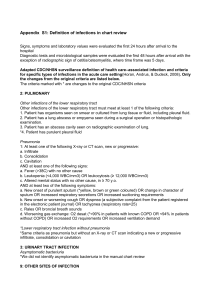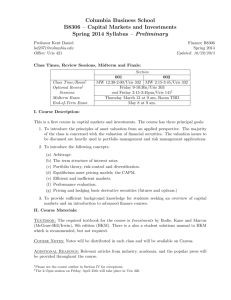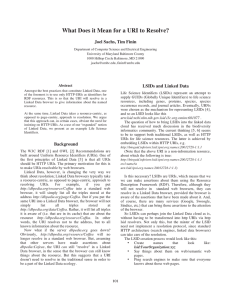Children`sHealth
advertisement
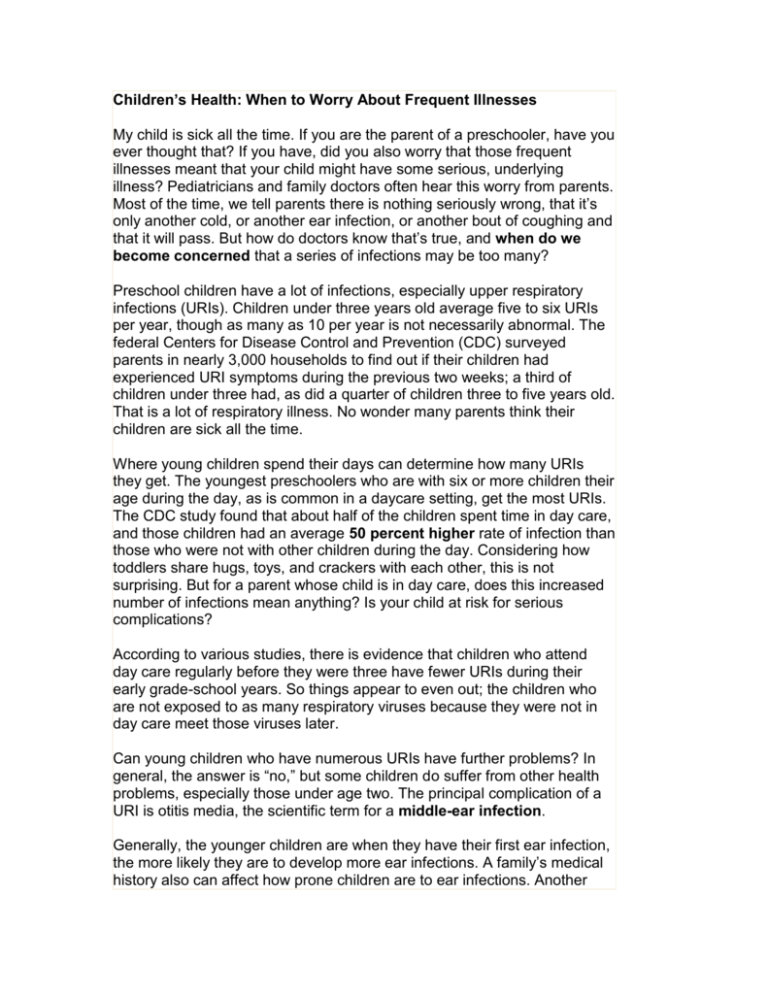
Children’s Health: When to Worry About Frequent Illnesses My child is sick all the time. If you are the parent of a preschooler, have you ever thought that? If you have, did you also worry that those frequent illnesses meant that your child might have some serious, underlying illness? Pediatricians and family doctors often hear this worry from parents. Most of the time, we tell parents there is nothing seriously wrong, that it’s only another cold, or another ear infection, or another bout of coughing and that it will pass. But how do doctors know that’s true, and when do we become concerned that a series of infections may be too many? Preschool children have a lot of infections, especially upper respiratory infections (URIs). Children under three years old average five to six URIs per year, though as many as 10 per year is not necessarily abnormal. The federal Centers for Disease Control and Prevention (CDC) surveyed parents in nearly 3,000 households to find out if their children had experienced URI symptoms during the previous two weeks; a third of children under three had, as did a quarter of children three to five years old. That is a lot of respiratory illness. No wonder many parents think their children are sick all the time. Where young children spend their days can determine how many URIs they get. The youngest preschoolers who are with six or more children their age during the day, as is common in a daycare setting, get the most URIs. The CDC study found that about half of the children spent time in day care, and those children had an average 50 percent higher rate of infection than those who were not with other children during the day. Considering how toddlers share hugs, toys, and crackers with each other, this is not surprising. But for a parent whose child is in day care, does this increased number of infections mean anything? Is your child at risk for serious complications? According to various studies, there is evidence that children who attend day care regularly before they were three have fewer URIs during their early grade-school years. So things appear to even out; the children who are not exposed to as many respiratory viruses because they were not in day care meet those viruses later. Can young children who have numerous URIs have further problems? In general, the answer is “no,” but some children do suffer from other health problems, especially those under age two. The principal complication of a URI is otitis media, the scientific term for a middle-ear infection. Generally, the younger children are when they have their first ear infection, the more likely they are to develop more ear infections. A family’s medical history also can affect how prone children are to ear infections. Another complication is a URI accompanied by wheezing. If your child has problems with repeated bouts of either otitis or wheezing, you should consider temporarily reducing your child’s exposure to other children. Even though URIs are common among preschoolers, there are times when a doctor may suspect there is another problem. For example, if a child keeps having high fevers, severe rashes, or diarrhea, he or she could have an ailing immune system. A key red flag of more serious health issues is when a child is not thriving, meaning he or she isn’t gaining weight, is losing weight, or is not reaching normal developmental milestones. If you are concerned your child is too sick too often, discuss the situation with your child’s doctor. But for most preschoolers, having URIs is just a normal part of growing up.


